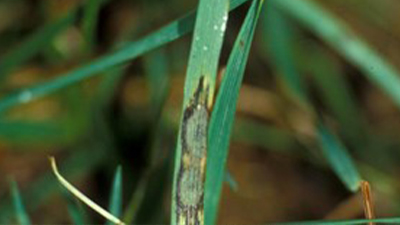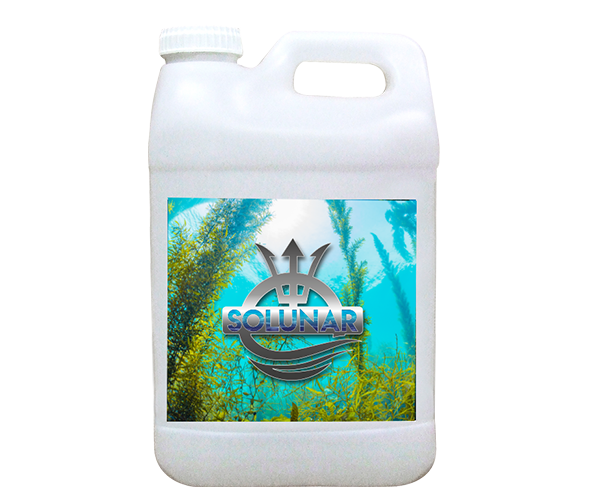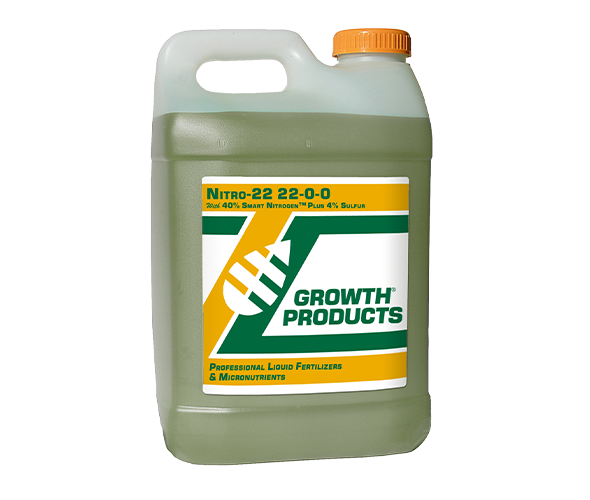The majority of turf diseases are caused by fungal pathogens but some fungi are more strongly pathogenic than others. Many of the common cool season turf diseases are caused by fungi that rely on a weakened plant and therefore reducing disease incidence and severity is often aligned to maintaining a strong sward. With on-going changes to European Legislation relating to pesticide use, it is more important than ever that an integrated approach to disease management is employed and central to this is an understanding that the cultural conditions can limit disease development. Making use of the genetic variation that exists between grass types and cultivars can also minimise disease development through a sward. By managing rootzone quality and using weather information services, it can also be possible to pre-empt disease outbreaks and plan an efficient integrated management strategy.
Cultural & Chemical Prevention:
Minimise leaf wetness during periods of high heat while maintaining sufficient soil moisture as much as possible. Use fans immediately following irrigation to dry the leaf where available. Remove dew through the use of fans or hand-held blowers rather than drag brushes to minimise bruising.
Moisture management is essential using sensors or moisture meters will give you a better understanding of when the turfgrass plant needs a water application. In addition, moving your watering cycle from little and often, too deep, and infrequent will allow the water to move deeper through the soil profile and away from the top of the profile where disease will harbour. This will also encourage deeper rooting and a drier playing surface. In terms of managing leaf wetness, fans can be introduced specifically in the football stadium environment to dry the playing surface.
The use of grow lights to dry out patches must be cautioned – the extra heat from the lights can increase disease spread in high humidity and if soil moisture levels are high. Use grow lights only when relative humidity drops or when they can be used in conjunction with fans. If the disease is present, disinfectant foot baths should be used by anyone entering the pitch to prevent spread to other areas, and machinery should be disinfected after each use
- 4l/ha TKO Phosphite + 7l/ha SAR Activator SA + 25l/ha Nitro 22
- 4l/ha TKO Phosphite + 10l/ha Sil Guard
- 8l/ha Companion + 10l/ha Essential Plus

Example of Gray Leaf Spot
Symptoms
Symptoms first appear as small, water-soaked spots – often gray to light brown (but can vary) with a dark border. Older lesions are sometimes surrounded by a yellow halo and leaves may be covered with grayish conidia which covers the leaf giving it a ‘velvet’ look of grey-coated leaves.

Gray Leaf Spot (GLS) damage:
Once the disease has spread, appearance can look similar to drought or heat stress. Correct diagnosis is crucial as over-watering can increase the spread.
Turf is more susceptible to GLS when under stress, so particular attention to cultural practices to avoid any damage to leaves should be taken in the build up to hot spells. Minimising bruising of the leaf by reducing brushing/verticutting/raking and traffic where possible will help.
Non-Pesticidal GLS Prevention:
Start preventative testing in the spring /summer and getting ahead of the disease, detecting it in the early stages within the rootzone before its onset, will allow the groundsman to start making a proactive and preventive approach. Reach out to your AGS technical representative to arrange for samples to be sent to an independent laboratory.
As stress can be a factor the use of biostimulants can help reduce infection. Products such as Essential Plus, Solunar and Ukelp can be used alongside TKO Phosphite, SAR-Activator with sensible levels of slow-release liquids such as Nitro 22 to maximise plant health. Plant Growth Promoting Rhizobacteria (PGPR) with Companion, strengthens plant disease resistance by integrating beneficial biology and is used in a drench spray. Consider overseeding with cultivars with higher GLS resistance. Finally, consider overseeding with Barenbrug ryegrass Elite-Sport cultivars with higher GLS disease tolerance.
GLS can over-winter in dead material a full renovation that cleans out as much material as possible is highly recommended to reduce likelihood of re-infection the following summer. All equipment used on a previously infected pitch should be thoroughly disinfected before moving on to the next site.






